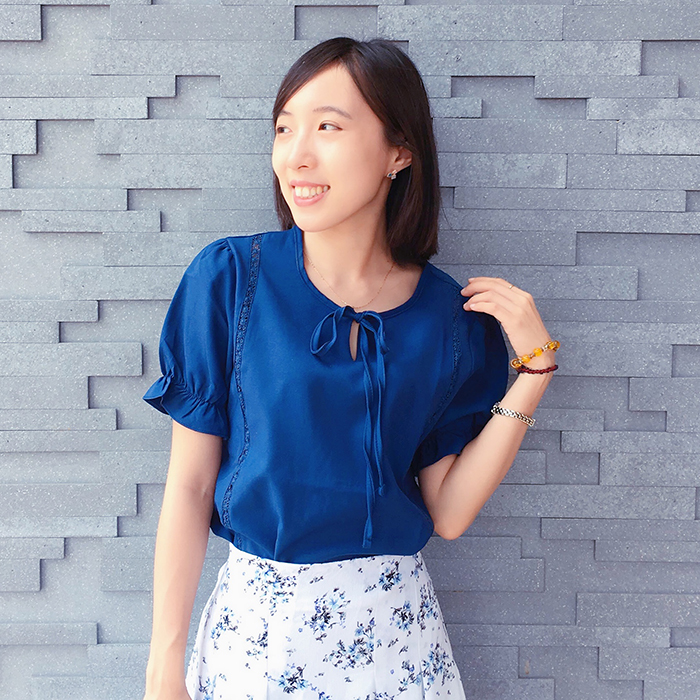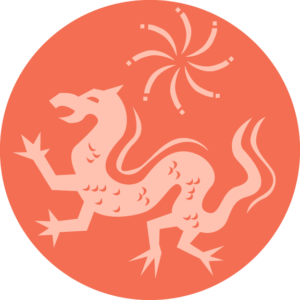
Kiki Wu
Kiki Wu is a digital media artist whose practices focus on altering the behavioral patterns of human-technology interaction through video art, sound design, and creative programming. Her research interests include the national identity crisis, modern mythology, and internet culture.
Safe and Sound
LOCATIONS:
(1) In front of the San Jose Buddhist Church, 640 N. Fifth Street
(2) Original site of Ng Shing Gung Temple, near corner of 6th and Taylor (where the new apartment complex is currently under construction)
DESCRIPTION: Safe and Sound is inspired by San Jose Chinatown’s own Da Jui or The Hungry Ghost Festival. You are encouraged to imagine this important festival through immersive paintings of Chinese ritual objects. In this celebration, the departed are honored with the knowledge that their souls are saved. The AR art is currently located in front of the Buddhist Church and will eventually be moved to Heinlenville Park after the huge 6th Street construction is completed. Ng Shing Gung AR art is on Taylor Street near 6th, close to the location or the original Chinese temple in Heinlenville. You will see a colorful version of the Ng Shing Gung (Temple of the Five Gods). During Da Jui, paper mache figures stood in front of the temple as guardian effigies. On the last evening of the festival these figures were burned to satisfy the spirits. This AR will also be installed at the Ng Shing Gung replica in Kelly Park.
SAMPLE:
ARTIST’S STATEMENT: Lost souls would be rescued, fed, and satisfied. When I first came to San Jose, I was attracted to the diversity of Japantown and Heinlenville, and how traditional festivals have become a powerful way to unite people together, helping them get through the hardest times. One distinctive festival in Heinlenville is Da Jui, which was originally meant to honor the ancestors’ souls and was the Chinese Summer Festival until 2004. Ceremonies and festivals in Asian communities also have very strong social functions, that can connect the lost soul and the guide, connect the death (past memory, trauma) and life (future, hope), connect the legacy and offspring, and furthermore, to connect the outcomes, individuals and communities. My AR project uses cultural symbols from Da Jui and hidden stories inspired by Connie Young Yu’s book Chinatown, San Jose, USA, to recall the golden days in Heinlenville, Japantown.
“Before Da Jui, Young Soong Quong would dip large red candles in his store, painting beautiful dragons and other designs on them. His two children would watch him carefully draw the grand mythical figures and later when the candles were burning to feel a twinge of regret that their father’s artwork was melting away in the night.” Moved by this paragraph in Connie Young Yu’s book, I connect the disappearing dragon painting with the Asian American history, that those ancestors were muted and isolated in society and had suffered from anti-Asian American movements and social injustice.
However, in 2020, Asian Americans are more empowered and able to share their voices. To align with this vision, I will bring healing memories back and emphasize the meaning of rebirth in AR by using forgotten rituals from Da Jui festivals.
- Candle dragon: The vanishing culture and doubt of self-identity.
- Paper boats: The migration.
- Lanterns: The helpers and hopes.
- The silent procession: The difficult journey of being an Asian American.
- Firecrackers: Depart and return, safe and sound.
ARTIST PROFILE:
Kiki Wu is a digital media artist whose practices focus on altering the behavioral patterns of human-technology interaction through video art, sound design, and creative programming. Her research interests include the national identity crisis, modern mythology, and internet culture.

